技术资料
-
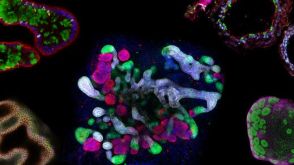 研究综述The Predictive Power of Organoids in Drug Discovery
研究综述The Predictive Power of Organoids in Drug Discovery细胞类型:
PSC衍生,上皮细胞,多能干细胞,气道细胞,肝细胞,肠道细胞,肾细胞,胰腺细胞
-
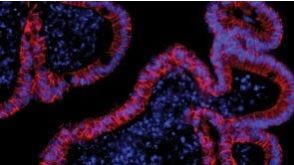 点播Mouse Intestinal Organoid Course Learn how to grow mouse intestinal organoids using the Intestinal Organoid Starter Kit.
点播Mouse Intestinal Organoid Course Learn how to grow mouse intestinal organoids using the Intestinal Organoid Starter Kit. -
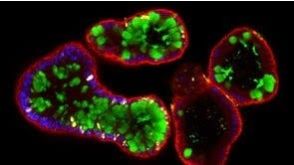 点播Human Intestinal Organoid Course Learn the basics of culturing and applying human intestinal organoids in your research.
点播Human Intestinal Organoid Course Learn the basics of culturing and applying human intestinal organoids in your research.


 EasySep™小鼠TIL(CD45)正选试剂盒
EasySep™小鼠TIL(CD45)正选试剂盒




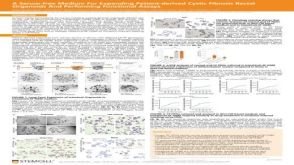

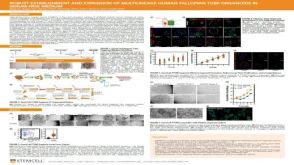

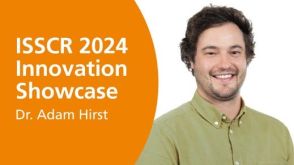
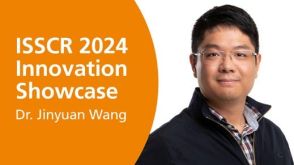
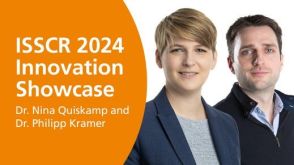

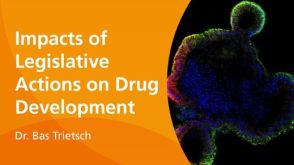

 沪公网安备31010102008431号
沪公网安备31010102008431号